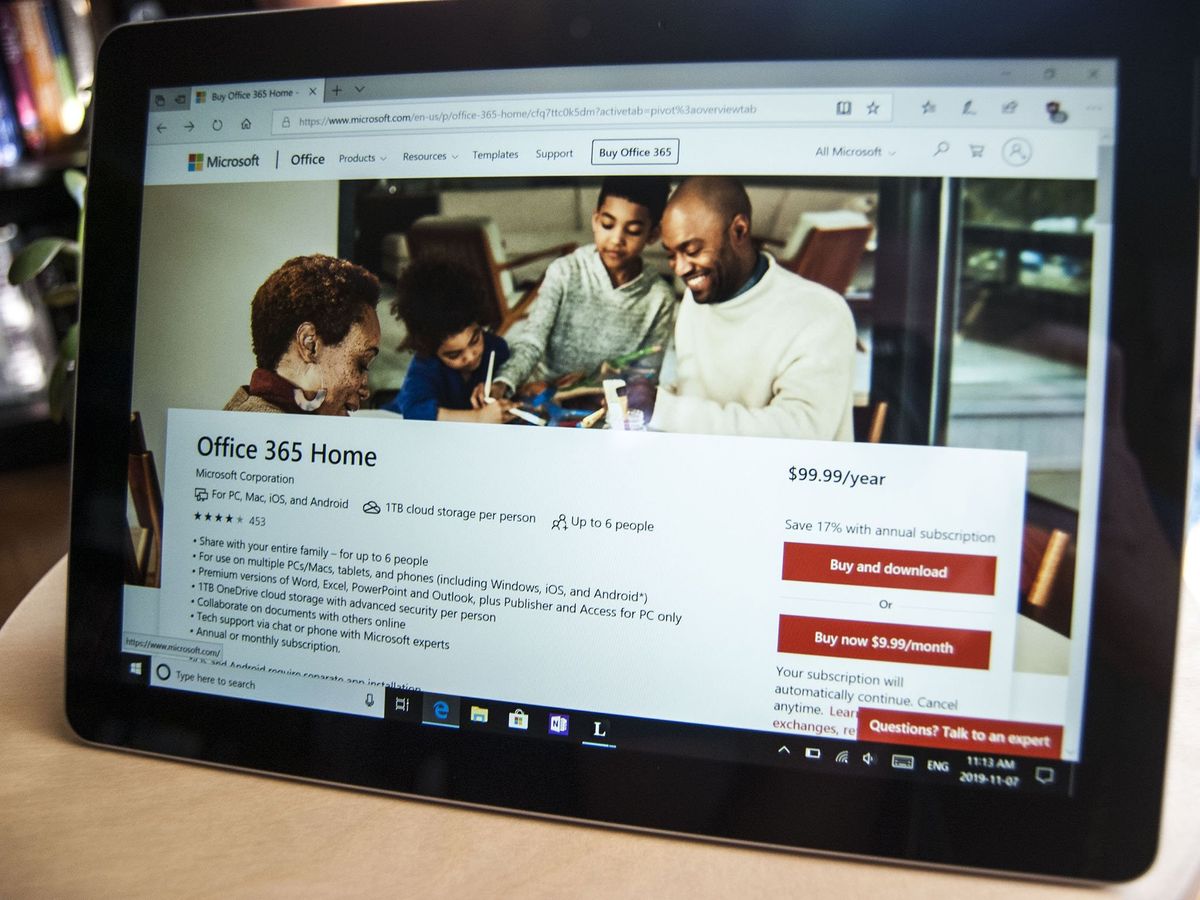Office PWAs installing without permission is a feature, not a bug ... kind of
Office PWAs appeared and made some people jump to the Control Panel to remove them.

What you need to know
- Office Progressive Web Apps were installed on some people's PCs without permission.
- The automatic installation of Office PWAs results from a combination of a bug and a feature.
- Microsoft is going to halt the rollout of the feature until it fixes the related bug.
Recently, several people spotted Microsoft Office Progressive Web Apps (PWAs) appearing on their Windows 10 PCs. These PWAs appeared without people granting permission or approval and required people to go through the Control Panel to remove them. Now, Mary Jo Foley reports for ZDNet on what's causing the automatic installations.
According to Foley, the PWAs automatically installing is the result of both a feature and a bug. Foley spoke with her contacts that are close to the situation, but Microsoft has not issued an official response.
On Windows 10, Microsoft has had pinned tiles for the Office web pages for some time if the Office desktop apps aren't installed on a PC. Since the latest version of Microsoft Edge supports installing websites as apps, the Office web apps should be managed by Microsoft Edge. The automatic installation issue is seemingly caused by Microsoft Edge linking the pinned sites to apps instead of just creating a pinned website.
According to Foley's sources, Microsoft will halt the rollout of the "feature" until the company sorts out the related issue.
It's important to note that while some people that saw the PWAs appear were Windows insiders, that the PWAs did not only appear on Insider PCs. The PWA versions of Word, PowerPoint, Excel, and Outlook appeared on several Start Menus recently. In contrast to the shortcuts that appear when you install Windows 10, these PWAs were installed and required people to go to the Control Panel. While the PWAs need to be removed through the Control Panel, they don't take up any space on a PC since they're progressive web apps.
Get the Windows Central Newsletter
All the latest news, reviews, and guides for Windows and Xbox diehards.

Sean Endicott is a tech journalist at Windows Central, specializing in Windows, Microsoft software, AI, and PCs. He's covered major launches, from Windows 10 and 11 to the rise of AI tools like ChatGPT. Sean's journey began with the Lumia 740, leading to strong ties with app developers. Outside writing, he coaches American football, utilizing Microsoft services to manage his team. He studied broadcast journalism at Nottingham Trent University and is active on X @SeanEndicott_ and Threads @sean_endicott_.